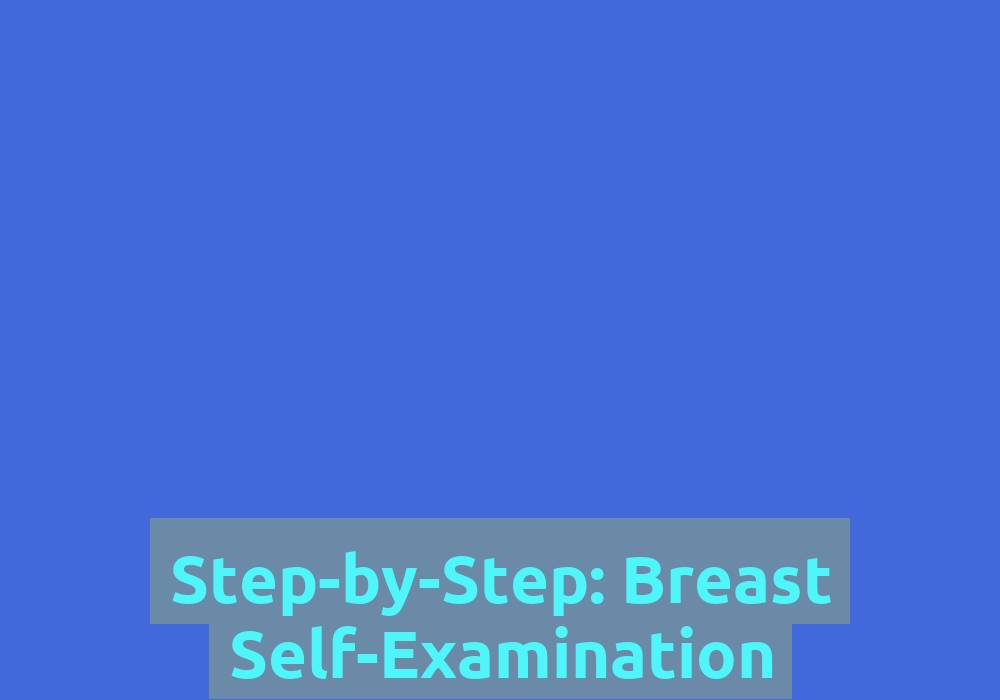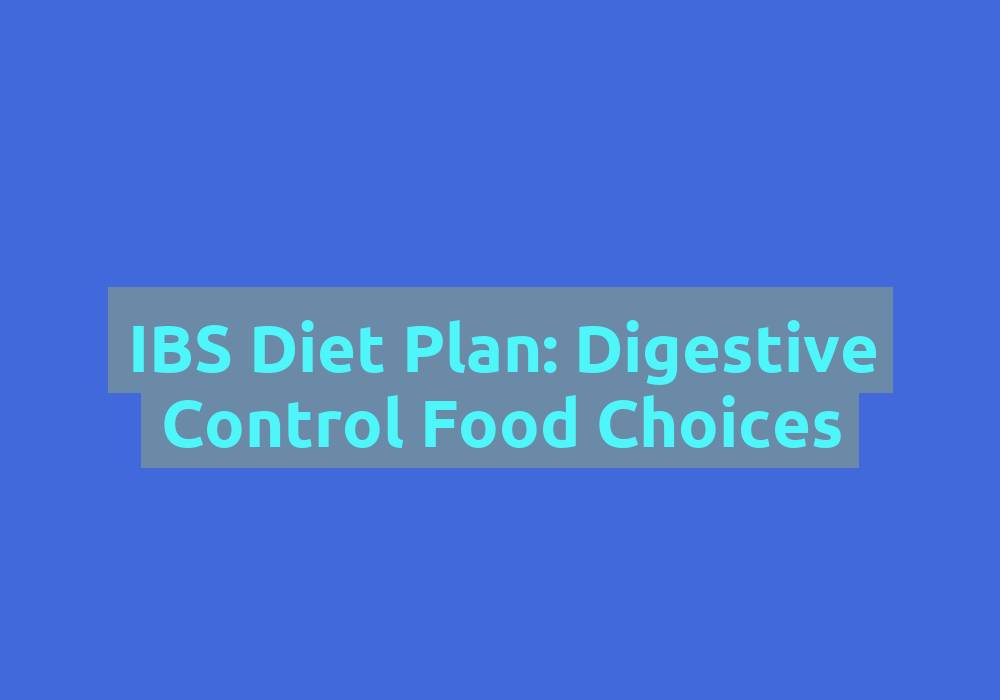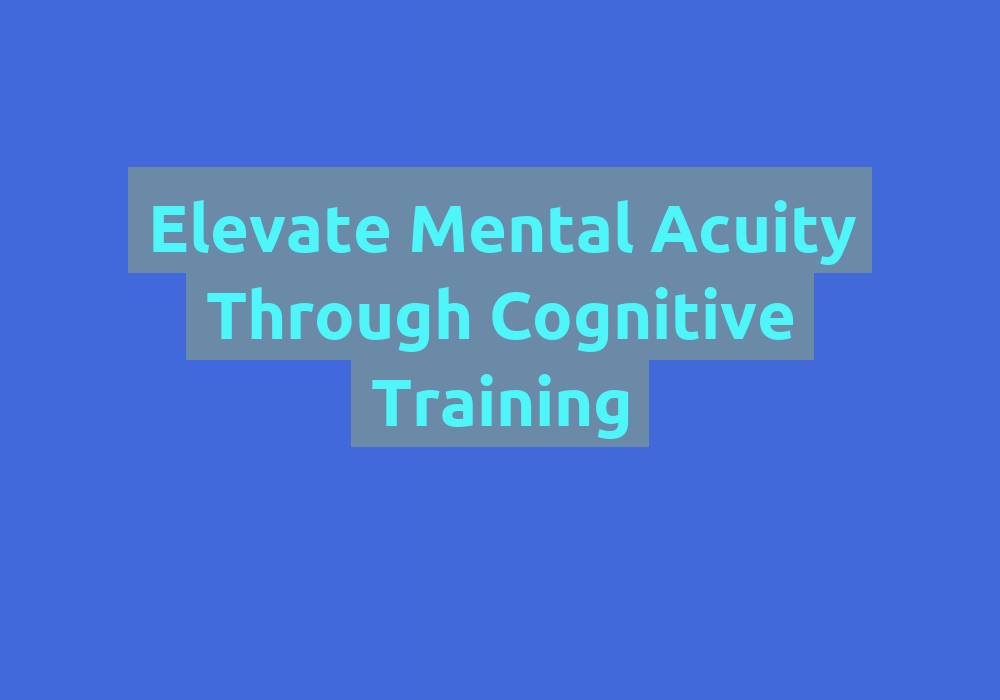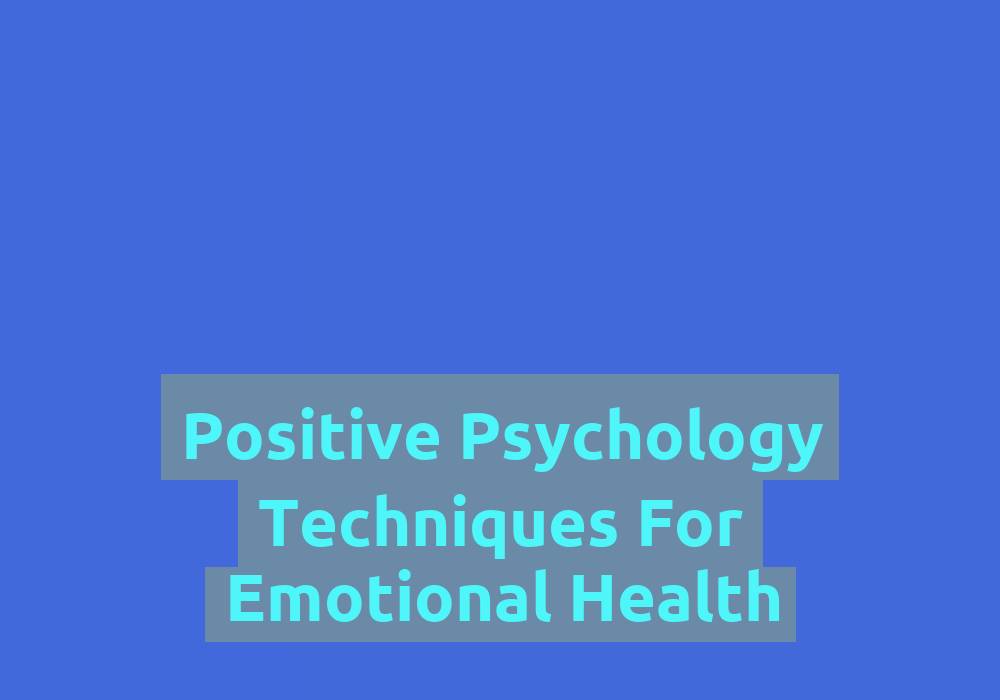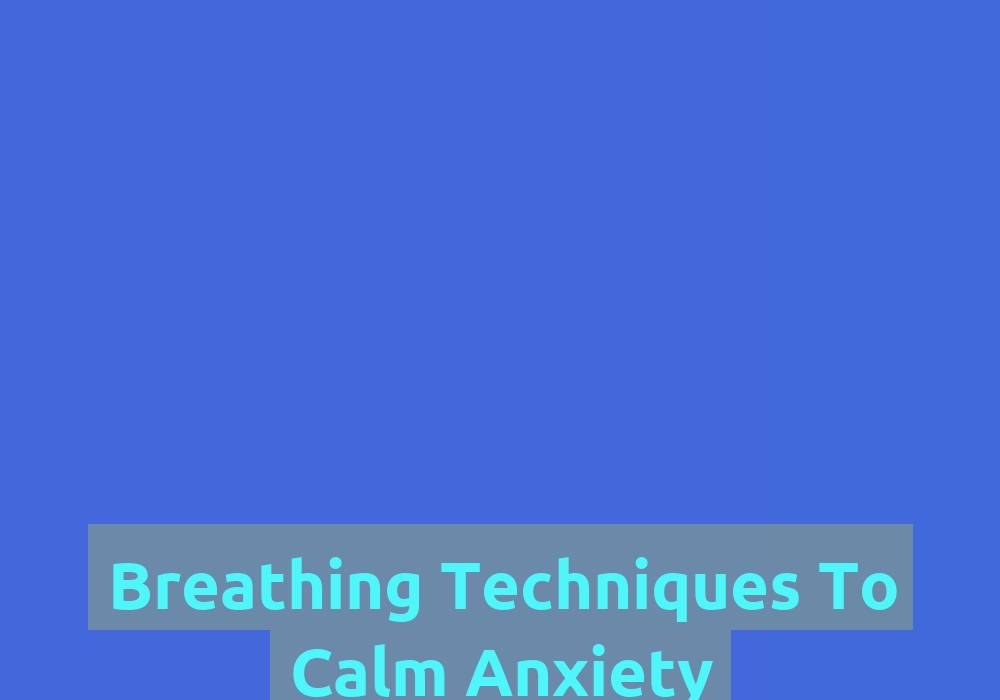Vision and Hearing: The Underestimated Giants in Preventive Care
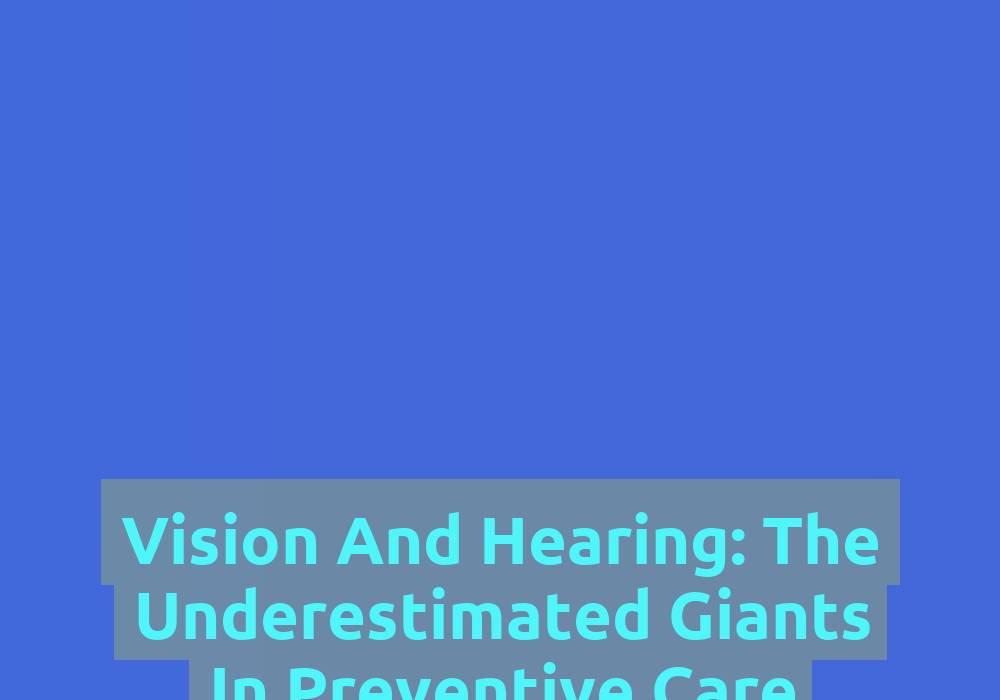
In the realm of preventive care, there are two vital aspects that often go unnoticed or underestimated – vision and hearing. While regular health check-ups typically focus on general physical well-being, the significance of maintaining good vision and hearing health cannot be overstated. This article delves into the importance of these senses, the impact of their impairment, and the essential steps to ensure their longevity.
The Significance of Vision Health
Our eyesight plays a crucial role in our daily lives, enabling us to navigate the world around us with ease and efficiency. However, many individuals tend to take their vision for granted until a problem arises. To truly appreciate the importance of vision health, consider the following:
-
Sense of Sight: Vision is our primary sense for perceiving the world. It allows us to recognize faces, read, drive, and enjoy various activities. Preserving our vision ensures that we can continue to engage in these activities and maintain a high quality of life.
-
Early Detection of Health Conditions: The eyes act as windows to our overall health, allowing medical professionals to identify potential underlying conditions early on. Eye examinations can help diagnose not only eye-related issues like cataracts and glaucoma but also systemic diseases such as diabetes, high blood pressure, and even certain types of cancers.
-
Independence: Clear vision is essential for maintaining independence as we age. It enables us to perform daily tasks without assistance, reducing the risk of accidents and falls.
Expanding on the significance of vision health, it is important to understand the impact that impaired vision can have on our lives. When our vision is compromised, it becomes challenging to carry out even the simplest tasks. Activities like reading, driving, and recognizing faces become difficult, affecting our overall quality of life. By preserving our vision, we ensure that we can continue to engage in these activities and maintain our independence.
Moreover, regular eye examinations play a crucial role in early detection of not just eye-related issues, but also underlying health conditions. Through a comprehensive eye exam, optometrists and ophthalmologists can identify signs of cataracts, glaucoma, and other eye diseases. However, it doesn’t stop there. The eyes can also provide valuable insights into our overall health. For instance, during an eye exam, medical professionals can detect signs of diabetes, high blood pressure, and certain types of cancers. By catching these conditions early, we have a better chance of managing and treating them effectively.
Maintaining good vision is especially important as we age. Clear vision allows us to perform daily tasks independently, reducing the risk of accidents and falls. The ability to navigate our environment confidently and without assistance contributes to our overall well-being and quality of life. Therefore, prioritizing vision health through regular check-ups and adopting healthy habits is crucial for preserving our independence and ensuring a fulfilling life.
The Impact of Hearing Impairment
Just like vision, our ability to hear is a fundamental sense that contributes significantly to our overall well-being. Often overlooked, hearing health is crucial for various reasons:
-
Communication: Hearing allows us to connect with others. Impaired hearing can hinder communication, leading to misunderstandings, social withdrawal, and even isolation. Maintaining good hearing ensures effective communication and fosters healthy relationships.
-
Cognitive Function: Studies have shown a correlation between hearing loss and cognitive decline. Untreated hearing loss may lead to a decline in cognitive abilities, including memory and concentration. By addressing hearing impairments early on, we can potentially reduce the risk of cognitive decline.
-
Mental Health: Hearing loss can have a significant impact on mental well-being. It has been linked to an increased risk of depression, anxiety, and even dementia. By prioritizing hearing health, we can protect our mental and emotional well-being.
Expanding on the impact of hearing impairment, it becomes evident that our ability to hear plays a vital role in our daily interactions and overall well-being. Effective communication is key to building and maintaining relationships, and impaired hearing can hinder this process. Difficulties in hearing and understanding others can lead to misunderstandings, social withdrawal, and even isolation. By maintaining good hearing, we ensure that we can actively engage in conversations and foster healthy relationships.
Furthermore, research has shown a connection between hearing loss and cognitive decline. Untreated hearing loss may contribute to a decline in cognitive abilities, including memory and concentration. By addressing hearing impairments early on and considering interventions such as hearing aids, we can potentially reduce the risk of cognitive decline and maintain optimal cognitive function.
In addition to cognitive function, hearing loss can also have a significant impact on mental well-being. Individuals with untreated hearing loss are at a higher risk of experiencing depression, anxiety, and even dementia. The feeling of being isolated and disconnected from the world due to hearing difficulties can take a toll on one’s mental and emotional health. Prioritizing hearing health and seeking appropriate interventions can help protect and preserve our mental well-being.
Steps to Ensure Vision and Hearing Health
Now that we understand the importance of vision and hearing in preventive care, let’s explore some essential steps to maintain and protect these vital senses:
Vision Health:
-
Regular Eye Examinations: Schedule routine eye exams with an optometrist or ophthalmologist to check for any potential vision problems. This includes assessing visual acuity, eye health, and screening for diseases. Early detection and timely treatment are key to preserving vision.
-
Protective Eyewear: When engaging in activities that pose a risk to our eyes, such as sports or working with hazardous materials, use appropriate protective eyewear. Safety glasses, goggles, or face shields can significantly reduce the risk of eye injuries.
-
Nutrition and Hydration: A well-balanced diet rich in nutrients like vitamins A, C, E, and omega-3 fatty acids plays a vital role in maintaining good vision. Stay hydrated to prevent dry eyes, which can lead to discomfort and vision problems.
Expanding on the steps to ensure vision health, regular eye examinations are essential in detecting any potential issues early on. By scheduling routine eye exams with optometrists or ophthalmologists, we can assess visual acuity, evaluate eye health, and screen for diseases. Early detection allows for timely treatment, which is crucial in preserving our vision and preventing further deterioration.
When engaging in activities that pose a risk to our eyes, it is important to use appropriate protective eyewear. Whether it’s playing sports or working with hazardous materials, safety glasses, goggles, or face shields can significantly reduce the risk of eye injuries. By taking these precautions, we safeguard our eyes and minimize the chances of accidents that could lead to vision problems.
In addition to regular eye exams and protective eyewear, maintaining a well-balanced diet is vital for good vision. Nutrients like vitamins A, C, and E, as well as omega-3 fatty acids, play a crucial role in supporting eye health. Consuming foods rich in these nutrients, such as leafy greens, citrus fruits, and fish, can contribute to maintaining optimal vision. Furthermore, staying hydrated is important to prevent dry eyes, which can cause discomfort and vision problems. By incorporating these dietary habits, we support our vision health and overall well-being.
Hearing Health:
-
Regular Hearing Evaluations: Get regular hearing evaluations from a qualified audiologist to monitor hearing health and identify any signs of hearing loss. Early intervention through hearing aids or other treatments can significantly improve outcomes.
-
Protective Measures: Protect your ears from excessive noise exposure by wearing earmuffs or earplugs in loud environments, such as concerts, construction sites, or when operating loud machinery. Limiting exposure to loud noises helps prevent noise-induced hearing loss.
-
Practice Good Ear Hygiene: Avoid using cotton swabs or other objects to clean your ears, as they can push earwax deeper into the ear canal or cause injury. Instead, gently clean the outer ear with a damp cloth.
Expanding on the steps to ensure hearing health, regular hearing evaluations are crucial in monitoring our hearing health and detecting any signs of hearing loss. By seeking evaluations from qualified audiologists, we can stay proactive and address any potential issues early on. Early intervention through the use of hearing aids or other treatments can significantly improve outcomes and enhance our overall hearing experience.
Protecting our ears from excessive noise exposure is another important aspect of hearing health. Whether it’s attending concerts, working in construction sites, or operating loud machinery, wearing earmuffs or earplugs can help minimize the risk of noise-induced hearing loss. By limiting our exposure to loud noises, we take proactive measures to safeguard our hearing and prevent long-term damage.
When it comes to ear hygiene, it is important to avoid using cotton swabs or other objects to clean our ears. These objects can push earwax deeper into the ear canal, leading to blockages or injury. Instead, gently cleaning the outer ear with a damp cloth is sufficient for maintaining good ear hygiene. By practicing safe ear hygiene habits, we reduce the risk of complications and promote optimal hearing health.
In conclusion, vision and hearing are often underestimated giants in preventive care. Understanding their significance and taking proactive steps to maintain and protect these senses can have a profound impact on our overall well-being. Regular check-ups, protective measures, and adopting healthy habits are crucial in ensuring optimal vision and hearing health. By giving due attention to these underestimated giants, we can enjoy a life filled with clarity, connection, and independence.
Note: The complete article is shown in markdown format.
FAQ
1. Why is vision health important?
Vision health is important because our eyesight is our primary sense for perceiving the world. It allows us to recognize faces, read, drive, and enjoy various activities. Preserving our vision ensures that we can continue to engage in these activities and maintain a high quality of life.
2. What are the benefits of regular eye examinations?
Regular eye examinations are beneficial because they allow medical professionals to identify potential underlying conditions early on. Eye examinations can help diagnose not only eye-related issues like cataracts and glaucoma but also systemic diseases such as diabetes, high blood pressure, and even certain types of cancers.
3. How does impaired vision affect our lives?
When our vision is compromised, it becomes challenging to carry out even the simplest tasks. Activities like reading, driving, and recognizing faces become difficult, affecting our overall quality of life. By preserving our vision, we ensure that we can continue to engage in these activities and maintain our independence.
4. What steps can be taken to ensure vision health?
To ensure vision health, it is important to schedule regular eye exams to check for potential vision problems. Using appropriate protective eyewear when engaging in activities that pose a risk to our eyes can significantly reduce the risk of eye injuries. Additionally, maintaining a well-balanced diet rich in nutrients and staying hydrated can contribute to good vision health.

